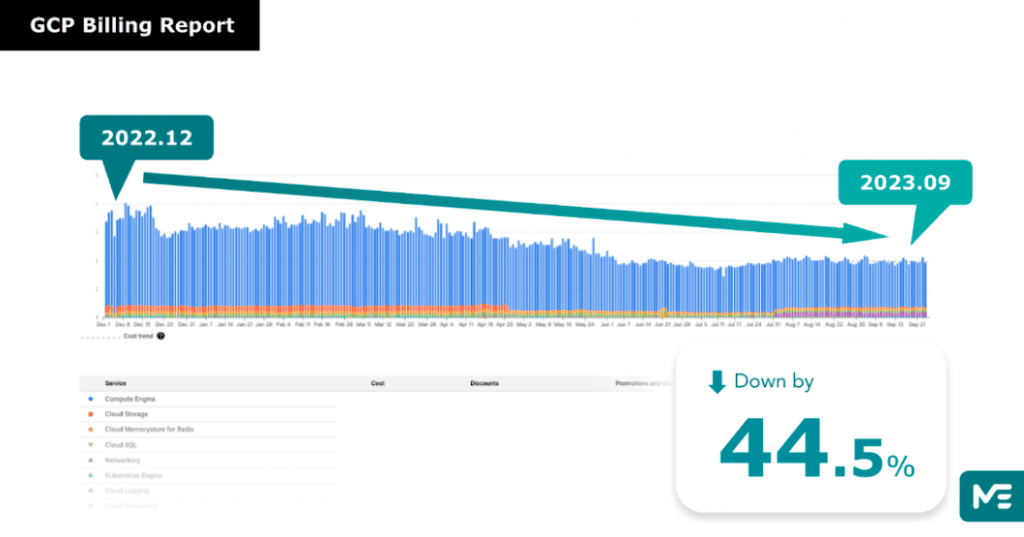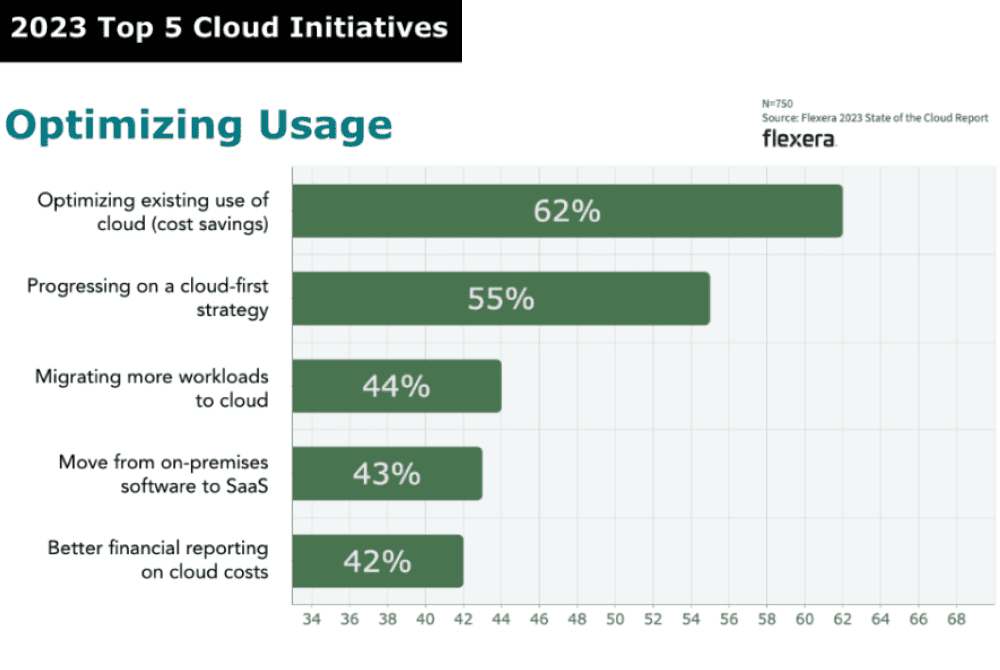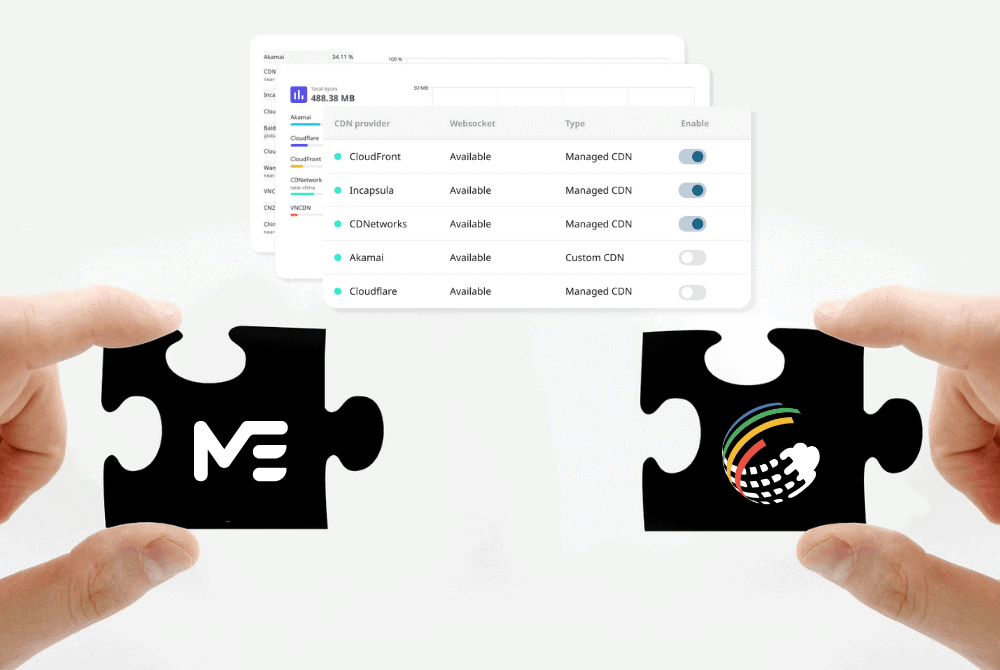This post is also available in: 繁體中文
In today’s digital era, integrating cloud services into business operations has become crucial. Cloud technology not only streamlines IT infrastructure management but also revolutionizes data handling and application development. Its key strengths lie in offering flexible, scalable solutions for data storage and processing, vital for managing increasing volumes of data in the modern business environment. This technological shift enhances operational flexibility and opens avenues for cost savings and innovation, equipping businesses with tools to remain competitive in a fast-evolving market.
Google Cloud Platform (GCP) offers immense flexibility, allowing businesses to scale storage, computing, and network resources as needed. However, with increased resource flexibility, effectively managing and optimizing cloud costs has become a significant challenge for companies. According to the latest Flexera 2023 State of the Cloud Report, managing cloud expenses has now surpassed security issues. It’s evident from the top five initiatives people wish to advance that ‘improving cloud resource utilization and reducing cloud costs’ is the core key behind these issues.
Against this background, Mlytics started on cost optimization earlier this year, adopting several strategies and practicing FinOps to forecast and control expenses. This not only reflects a proactive response to the current economic situation but also shows its forward-thinking in cloud strategy.
Utilizing Spot VMs
Google Cloud’s Spot VM is an affordable compute instance, offering a discount range of 60% – 90%. They are highly suitable for batch jobs and fault tolerant workloads. Therefore, they are widely used in scenarios tolerant of failure, such as batch processing, video encoding, or rendering tasks. The core advantage of Spot VMs is their use of GCP’s idle capacity for cost-effective computing, creating highly cost-effective computing solutions for businesses.
Compute Resource Optimization
Optimizing compute resources in GCP is crucial in enhancing resource efficiency. Specific practices include optimizing idle or underused resources and accurately identifying high-cost items using Google labels. Additionally, custom scheduling and configuration further improve resource utilization. Implementing autoscaling according to business trends optimizes performance, enabling businesses to respond more flexibly to market changes.
Data and Storage Optimization
Optimizing data and storage in GCP is a precise art. Lifecycle controls improve data retention strategies, ensuring essential information is effectively managed while outdated data is discarded. Moreover, choosing suitable storage classes based on data access patterns and storage needs can achieve cost-effective data movement. Employing services like Cloud Storage or BigQuery, businesses can deploy cost-efficient data strategies, optimizing storage costs and enhancing data processing and analysis efficiency. The combined application of these strategies provides businesses with a flexible and efficient data architecture.
Cost Visibility
Cost visibility is an important part of optimal resource management. Detailed Billing Reports and Looker Dashboards provided by GCP enable in-depth exploration of financial details, allowing for precise budget planning and adjustments. Regular financial reviews ensure budget accuracy and timely adjustments. Additionally, Quarterly Business Reviews (QBRs) highlight predictive analyses, facilitating more informed financial decisions for businesses. This transparent and detailed financial monitoring approach provides a solid foundation for resource and financial management throughout a company’s cloud journey.

Ultimately, after implementing cost optimization strategies for over half a year, Mlytics experienced a significant cost reduction in GCP by up to 44.5%, with no signs of rebound at the lowest point. This represents Mlytics’ solid efforts and the deep-rooted culture of cost optimization. Moving forward, Mlytics will delve into each of the above strategies, individually exploring and sharing the various challenges encountered and the solutions found.



